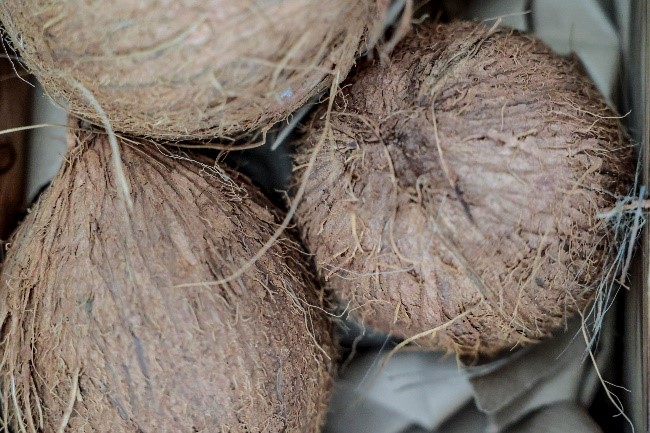Life is better with coconuts!

When we protect plants,
we protect lives.
#PlantHealthDay
Coconut (Cocos nucifera), commonly known as “tree of life” due to its many uses, coconut exists in over 100 varieties distinguished by their height – tall or dwarf. In 2023, the harvested land area of coconuts worldwide was about 11.25 million hectares in 2023.
Major pests/pathogens:
- Red palm weevil
- lethal yellowing disease
- coconut bug
- leafroller rhinoceros beetle
- coconut scale, mealybugs
Economic value:
- Coconut is grown in more than 90 countries but originated from the coastal areas of Southeast Asia in Malaysia, Indonesia, and the Philippines.
- Top importers (2023): China, European Union, United States, the Netherlands and Malaysia
- Top exporters: Thailand, Indonesia, Philippines, Sri Lanka and India
Cultural value:
- Coconut varieties have been cultivated for over 4 000 years.
- Coconut provides a range of products such as coconut oil, copra meal, desiccated coconut, coir products, coconut water, virgin coconut oil, coconut milk, and cream.
- Mono-laurin, a derivative of coconut oil, makes coconut more effective at fighting children’s skin disease than commonly used antibiotics.
- Coconut can support brain health and overall wellness, helping to prevent neurodegenerative disorders like Parkinson's disease.
Fun facts:
- During World War II, when blood plasma was unavailable, coconut water was used as an emergency intravenous fluid for patients with blood loss.
- Coconut is a reliable source of clean drinking water, especially in the aftermath of natural disasters.
- Burning coconut husks makes an effective, environmentally friendly and natural insect repellent.
- Coconuts are a public health issue in Papua New Guinea, where about 2.5 percent of injuries are due to people being struck by falling coconuts.
Why does protecting plants and crops matter?
Plant pests destroy up to 40 percent of global crops annually. Protecting plants can help:
- Achieve a zero-hunger world
- Reduce poverty and inequality
- Protect biodiversity
- Support livelihoods of rural farmers
- Sustain economies around the world

